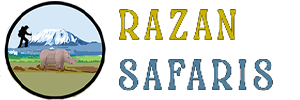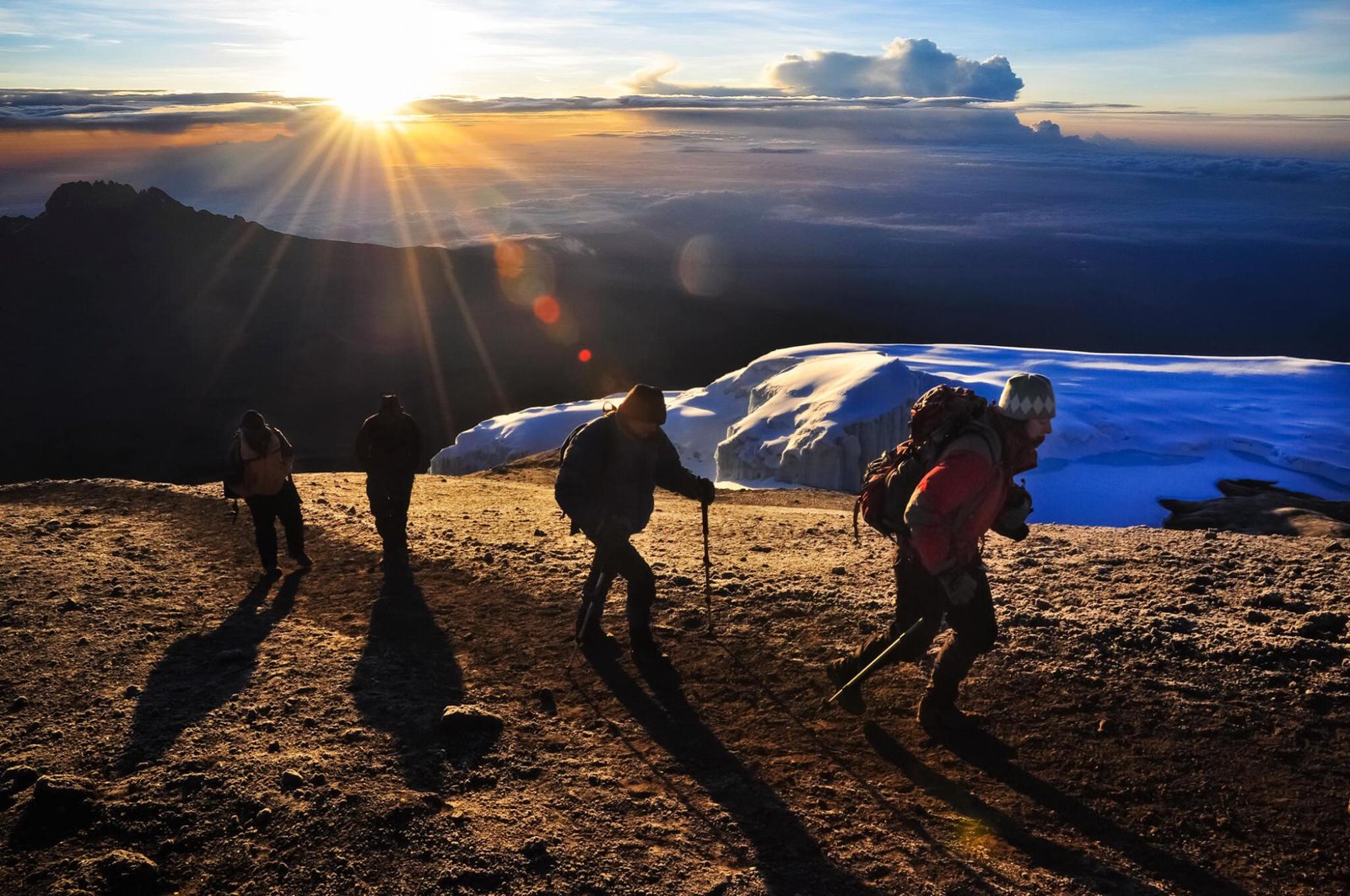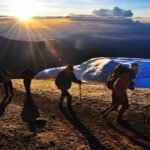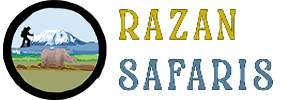What is the success rate of Climbing Kilimanjaro?
Climbing Kilimanjaro Success rate is 98.9%. Our guides are knowledgeable, friendly, and certified Wilderness First Responders (WFR), which means they have the tools to make critical medical and evacuation decisions.

Climbing Mount Kilimanjaro is a complex endeavor that requires careful planning and execution. The success rate of a climbing company in helping climbers reach the summit depends on various factors, ranging from guide expertise to logistical support.
Climbing Mount Kilimanjaro is a challenging endeavor that requires physical fitness, mental determination, and proper acclimatization. The summit success rates vary by route, primarily due to differences in acclimatization profiles and route difficulty.
Here are the approximate Kilimanjaro summit success rates for the most popular routes:
Marangu Route (Coca-Cola Route) 85%
Success Rate: 85%
The Marangu Route is one of the shortest and most popular routes to the summit of Kilimanjaro, often referred to as the “Coca-Cola Route.” It offers hut accommodations and a relatively easy gradient. However, the shorter duration (often 5 days) can result in lower acclimatization and therefore a lower success rate. the Marangu Route is the oldest and most established. It may be considered the ‘easiest’ by many, but it doesn’t reflect in the summit success rate – it’s the lowest of all routes. Taking it slow on this one with a 6 day itinerary lifts the success rate to 60%, while the 5 day trek has a success rate of 27%.
Machame Route (Whiskey Route)
Success Rate: 95%
The Machame Route is a scenic and popular route known for its beautiful landscapes. It is longer and more physically demanding than the Marangu Route, typically taking 6-7 days. The extended duration allows better acclimatization, leading to higher success rates. The Machame Route is arguably the most popular. With a 6 or 7 day itinerary, this route provides a fantastic landscape and scenery, coupled with a great climb high, sleep low profile. 6 Day Machame has an average success rate of 73%, and the 7-day option is upwards of 85%.
Lemosho Route Success Rate: 95%
The Lemosho Route is considered one of the most beautiful and varied routes. It is also one of the longest, usually taking 7-9 days. The extended length and gradual ascent provide excellent opportunities for acclimatization, resulting in high summit success rates. The other popular option is the Lemosho Route. An 8 or 7 day route starting from the south-west, this one offers great acclimatisation and a good climb high, sleep low profile. The 8 day option averages 90% success when it comes to reaching the summit, and a 7 day Lemosho has a success rate of 85%.
Rongai Route Success Rate: 85%
The Rongai Route approaches Kilimanjaro from the north and is known for its drier conditions. It is less crowded and offers a unique perspective of the mountain. The route typically takes 6-7 days, providing reasonable acclimatization and success rates. For those wishing to experience the Northern side of the mountain, the Rongai Route offers a 6 and 7 day itinerary. Though the route does not provide the traditional climb high, sleep low profile of other routes, taking the extra day to acclimatise is invaluable. The 7 day Rongai sees an 85% average success rate, while the 6-day route has a 70% success rate.
Northern Circuit Route Success Rate: 98%
The Northern Circuit is the longest route on Kilimanjaro, taking 9–11 days to complete. It offers excellent acclimatization opportunities due to its gradual ascent and extended duration. This route has the highest summit success rate among all Kilimanjaro routes. The Northern Circuit is the newest route available and its nine day hike circumnavigates the whole mountain. Long and safe, this route has the highest of all routes combined success rate hovering above 95%.
Shira Route Success Rate: 90%
The Shira Route is similar to the Lemosho Route but starts at a higher altitude. It typically takes 7-8 days to complete. While it offers good acclimatization, the higher starting point can pose challenges for some climbers, affecting the overall success rate.
Umbwe Route Success Rate: 85%
The Umbwe Route is the shortest and steepest route to the summit. It is known for its direct ascent and challenging terrain. The route usually takes 5-7 days, offering limited acclimatization opportunities, which results in a lower success rate compared to other routes.
Factors Affecting Success Rates
Acclimatization: Routes that offer longer durations and gradual ascents generally have higher success rates due to better acclimatization opportunities.
Physical Fitness: Climbers in good physical condition are more likely to reach the summit.
Mental Determination: Mental strength and determination play a significant role in overcoming the challenges of high-altitude trekking.
Guide Experience: Experienced and knowledgeable guides can significantly improve success rates by managing pace and providing support.
Tips for Improving Your Success Rate
Choose a Longer Route: Opt for routes with longer durations to improve acclimatization.
Train Properly: Engage in regular cardio, strength training, and hiking practice before your trip.
Hydrate and Eat Well: Maintain good hydration and nutrition during the trek.
Listen to Your Body: Pay attention to your body’s signals and communicate with your guide about any symptoms of altitude sickness.
Pace Yourself: Avoid rushing and maintain a steady pace to allow your body to adjust to the altitude.








